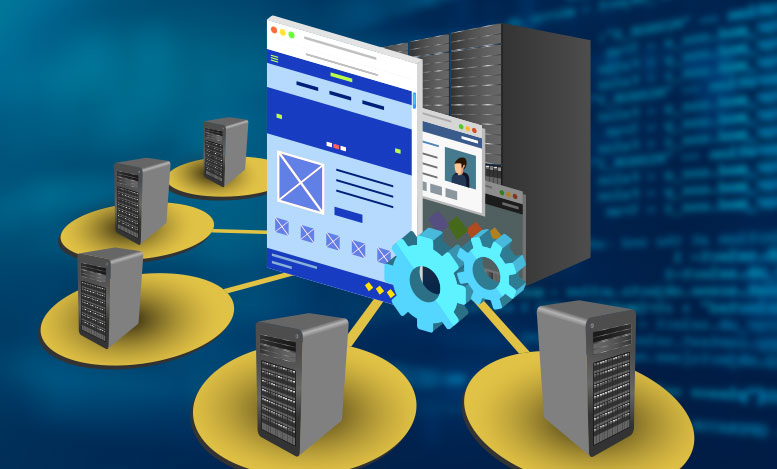The software-defined data center (SDDC) is emerging as a means of simplifying and cost-reducing enterprise computing – as well as deploying software-defined appliances that leverage existing technologies to enable a standardized, repeatable framework for data center operations. But is implementing SDDC worth the effort it takes you to virtualize data center resources?
We’re all generally accustomed to looking at dedicated hardware platforms that serve clearly defined functions, but virtualization changes the rules by radically transforming computing to make it more scalable. With virtualization, a single converged hardware platform can provide server, storage, and networking functions, and IT gains greater flexibility to deploy virtual machines (VMs) to address specific objectives.
Data center virtualization is the process of designing, developing, and deploying a data center on virtualization and cloud computing technologies. It primarily enables virtualizing physical servers in a data center facility along with storage, networking, and other infrastructure devices and equipment.
Convergence of the functions of multiple appliances onto a single platform is creating tremendous opportunities to reduce costs, streamline management, and increase business agility. The virtues to be gained by moving to converged data center infrastructure greatly outweigh the traditional approach of deploying specialized hardware platforms throughout the data center, because virtualizing your data center with SDDC allows you to:
- Reduce costs – Hardware is typically the highest line item cost in the data center, and SDDC allows you to control Capex spending by deploying converged hardware platforms. You’ll also save money by simplifying management, consuming less energy, and streamlining hardware maintenance.
- Control data center cooling – Each server and storage platform in your data center generates heat, and maintaining data center cooling systems is expensive and time-consuming. Virtualization allows you to use fewer dedicated hardware platforms, so your data center will generate much less heat.
- Redeploy resources faster – When a physical server or storage device in your data center fails, IT has to determine if there’s a backup device available, and if there’s a current backup of the data on that device. But with virtualization, the redeploy can occur within minutes, and VM snapshots can be enabled with just a few clicks.
- Eliminate vendor lock – One of the greatest advantages of virtualization is that it creates an abstraction layer between software and hardware. You no longer have to feel tied down to a few particular hardware vendors because VMs are easily portable across platforms.
- Streamline disaster recovery – When your data center is virtualized, it is much easier and cost-effective to develop and manage effective disaster recovery programs. If you maintain up-to-date snapshots of all of your VMs, you can quickly get back up and running should a disaster occur.
Moving to a converged data center and virtualizing the data center with SDDC is easier than you think. The many virtues in migrating to SDDC significantly outweigh the limitations of deploying more dedicated hardware platforms throughout the data center. For a brief overview of how to move to converged infrastructure, watch our Converged Infrastructure video. I hope you also check out our Converged Data Center Practice to learn how we can serve as a trusted implementation partner during your migration.

